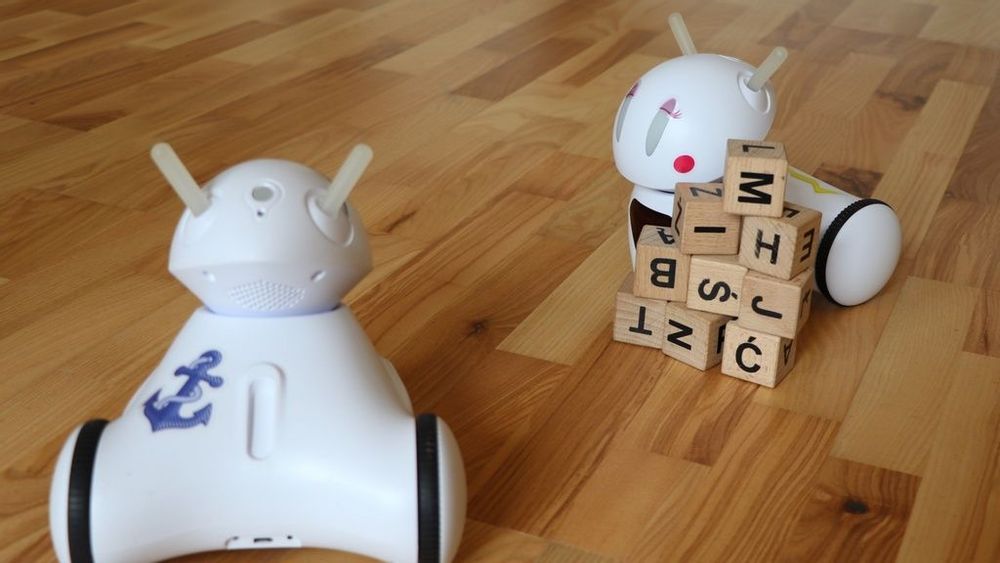Dorota Dankowska
Types of Communication – How Photon Robots talk


Class goal:
- To learn how people used to communicate in the past
- To learn about symbols / non-verbal communication
- To practice teamwork and develop a code to convey a specific message
- To program the Photon robot by following coding instructions
- To act out a scene that includes robots' non-verbal communication
Required items:
- tablets (to control the robots)
- sheets of paper, colored pencils, magnets, yellow circle, magnetic board
- multimedia presentation "Types of communication": https://view.genial.ly/600801363c62060d04bd8e5c/interactive-content-types-of-communication
- digital display (e.g., an interactive screen, interactive whiteboard, or projector)
- worksheets (see the attachment) - 1 each for each group
Attachments:
Lesson scenario:
Give a presentation and then, based on the information provided there, introduce children to the subject, roles, and communication types.
Divide your class into 7 teams. Provide each team one worksheet - it contains one task to be coded (greeting, goodbye, warning of danger, call for help, call to action, end of action, thanks).
The children's task is to complete the worksheets by creating a coded message conveying a specific piece of information (as assigned). Given that children are using the Photon Badge interface, they can use the symbols for changing colors and sounds. If necessary, ask them to check in the application which symbols are available.
Ask children to use magnets to attach their worksheets with codes to the classroom board. Analyze results from all teams. Ask children to analyze their codes again and make any necessary changes/corrections.
If two groups were working on the same message, choose together which code sequence will be used later during the class.
Then, move on to acting out the scene with the robots. Read an adventure story about the robots that includes actions to perform (coded messages). The children's task is to act out this scene by programming the robots accordingly. Assign roles to the robots (robot 1 is the one who is invited to talk, and robot 2 accepts the invitation). You should ask the teams to name their robots. The children act out the scenes one by one.
- The robots meet in the yellow field. They exchange greetings.
- Robot 1 calls to action. Robot 2 thanks for the invitation.
- Robot 1 warns of danger. Robot 1 and Robot 2 call for help.
- Robot 2 notifies about the end of action.
- Both robots say goodbye, thank each other for cooperation and return to their starting fields.
NOTE! If you have more than two robots, you might want to modify the scenes so that all teams communicate simultaneously (example below).
- The robots meet in the yellow field. They exchange greetings.
- One robot calls to action. The others say thanks for the invitation.
- One robot warns of danger. The other robots are transmitting the coded message: call for help. One selected robot notifies about the end of the action.
- All robots say goodbye, thank each other for cooperation, and return to their starting fields.
Interesting facts / Questions time
Interesting facts:
- Animals also communicate with each other using codes. Their language consists of four key elements: scent, sound, color, and body language.
- In the past, people used to send messages using smoke signals. For example, American Indians. Still, this method is used even nowadays – smoke signals are used to inform the public about the newly-elected Pope at the conclave.
Questions
- The importance of proper communication between people.
- Words that make you strong - words that might hurt.